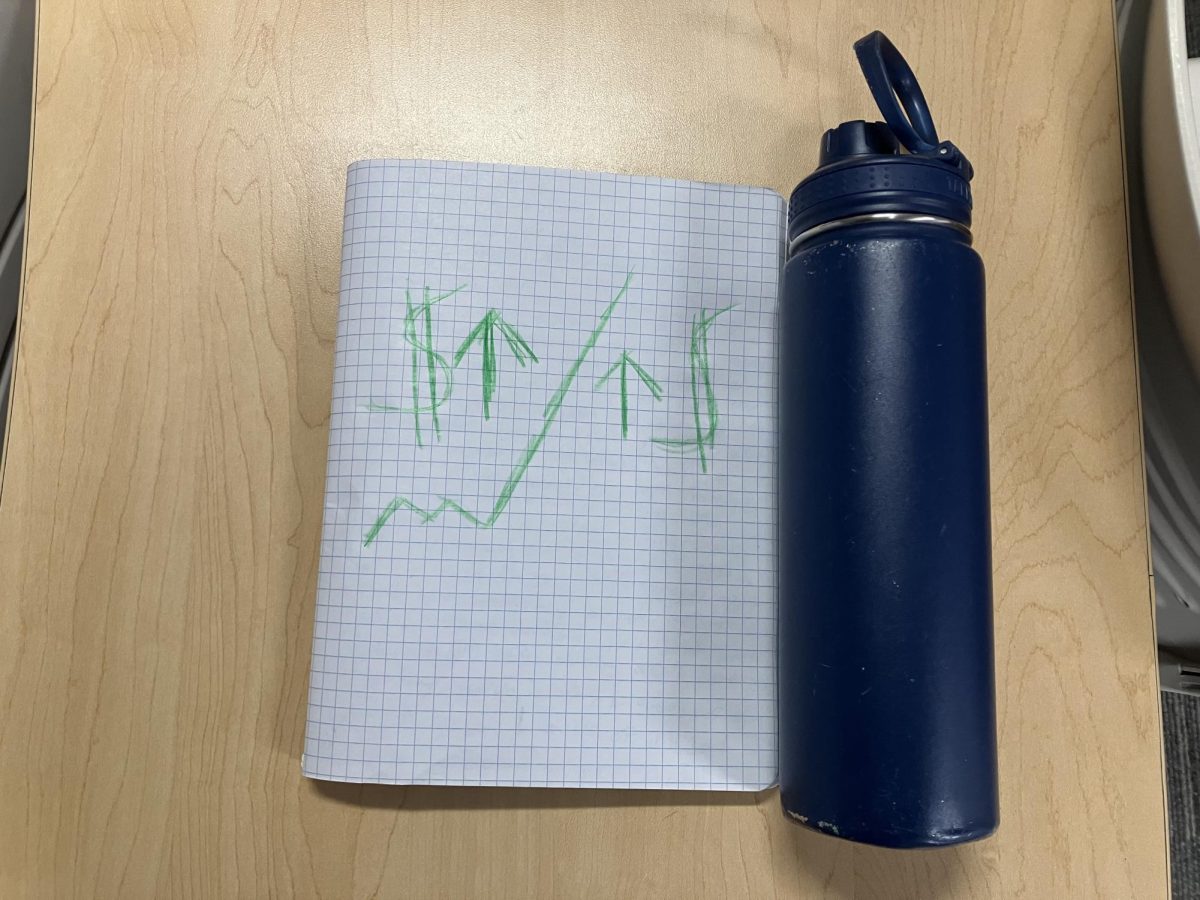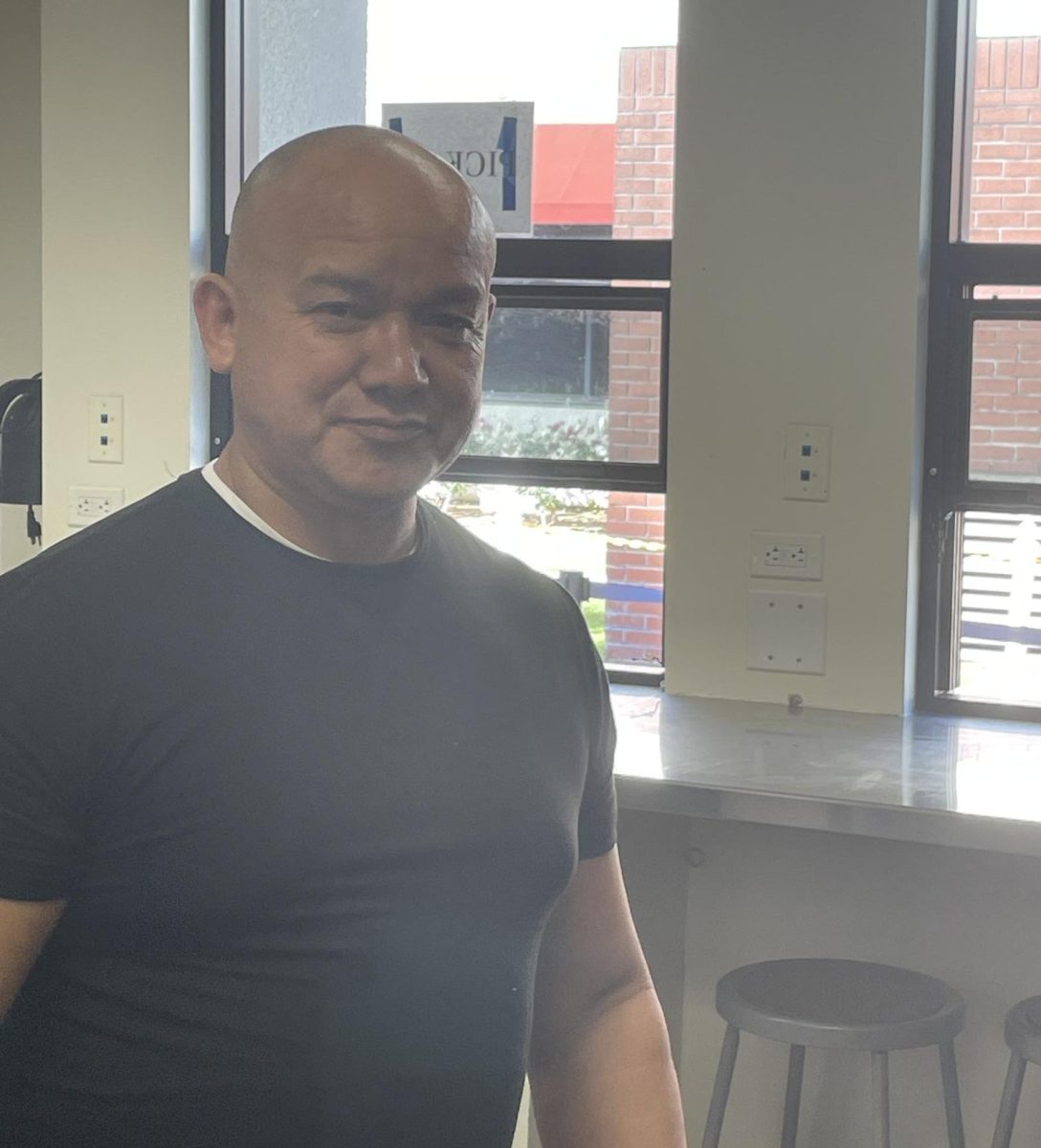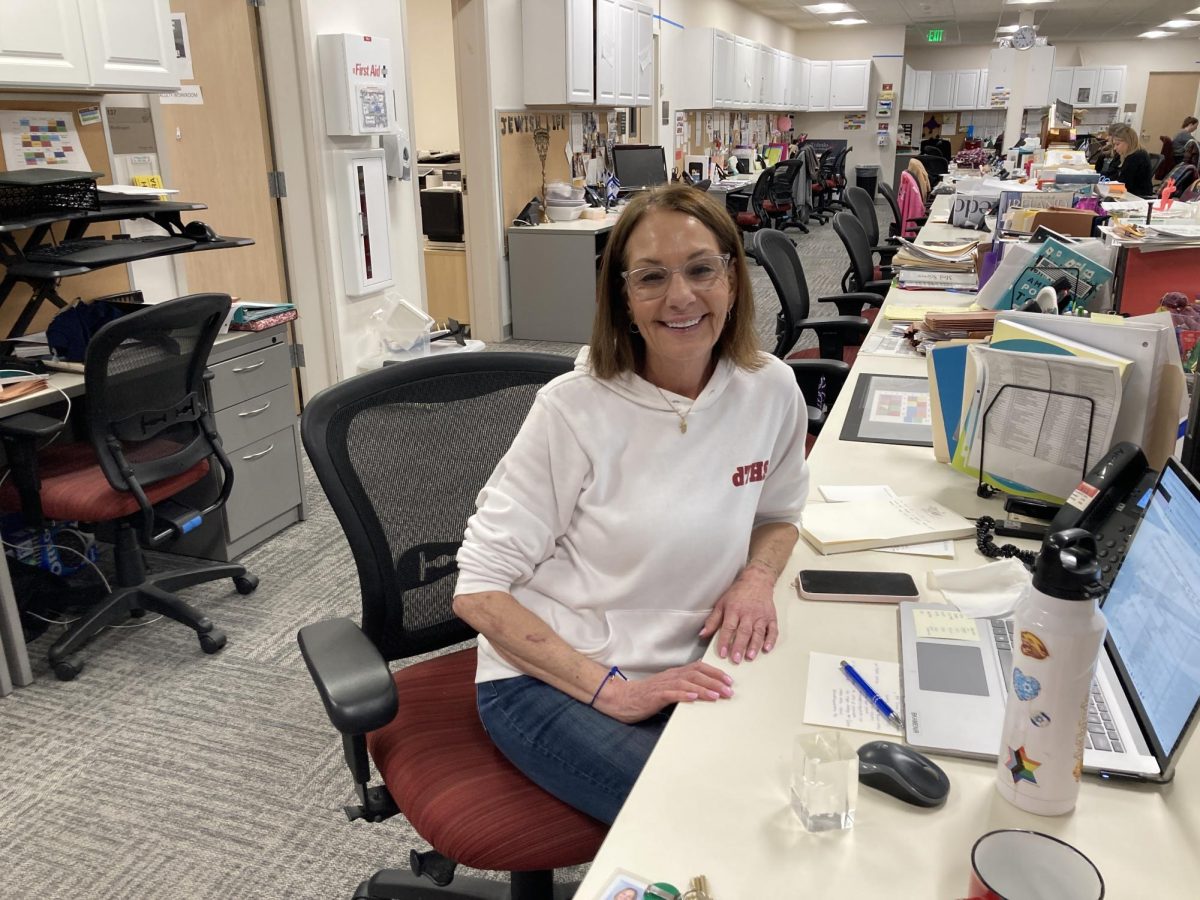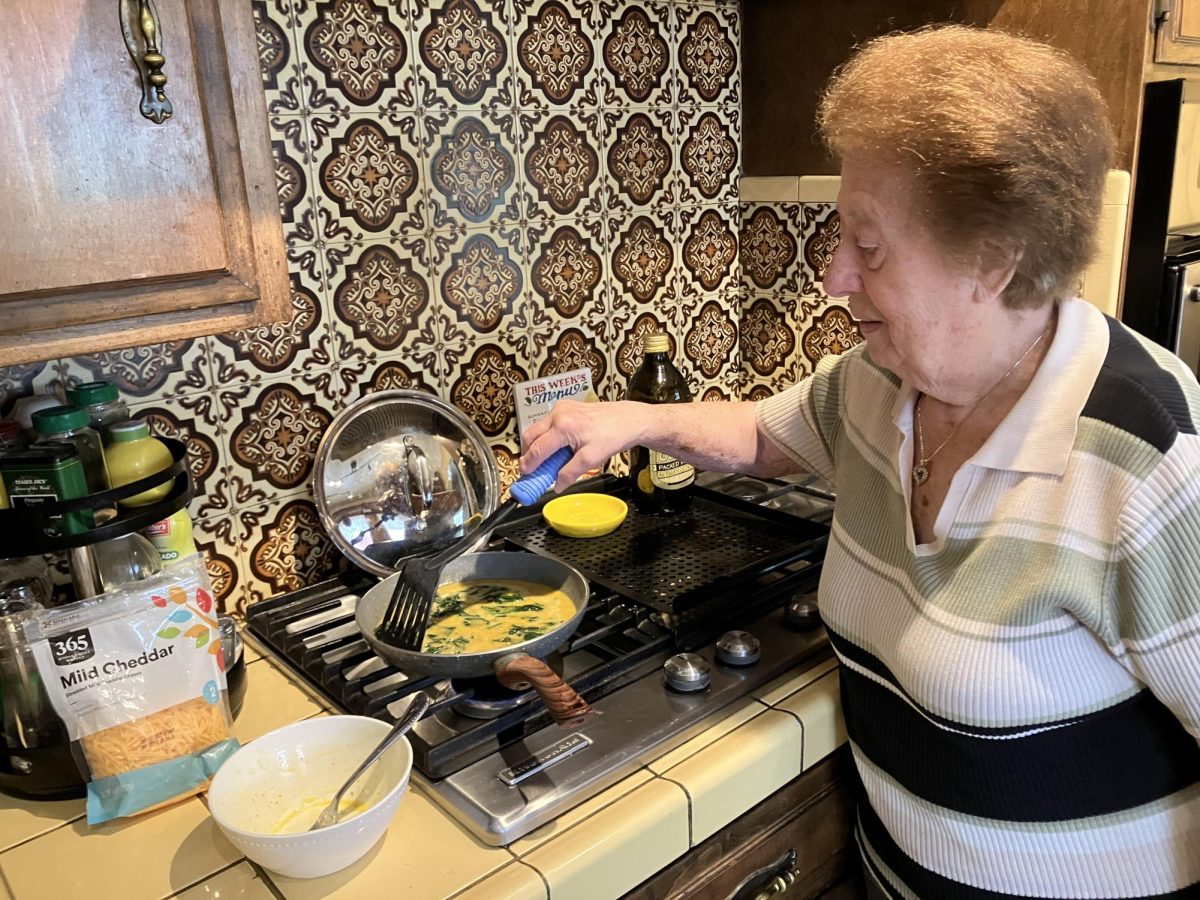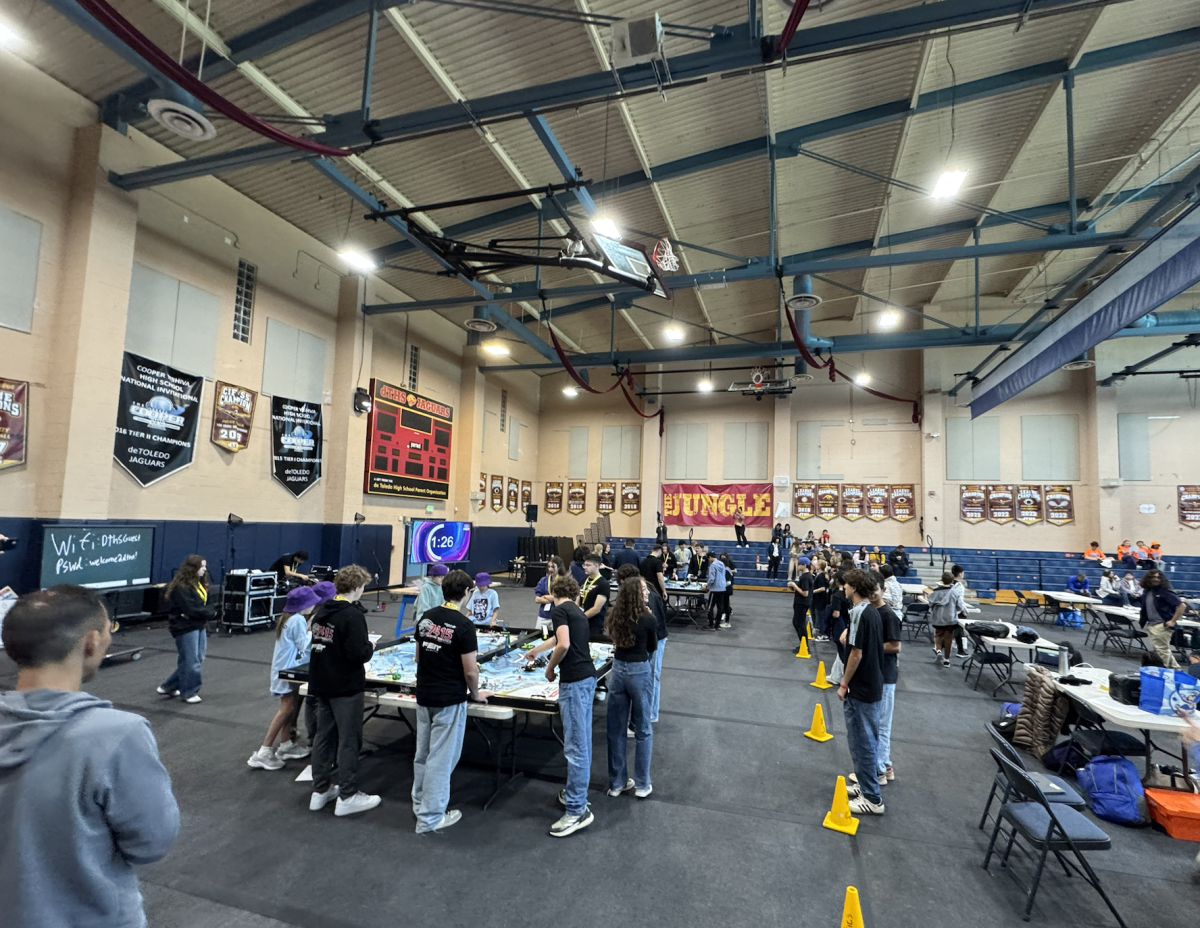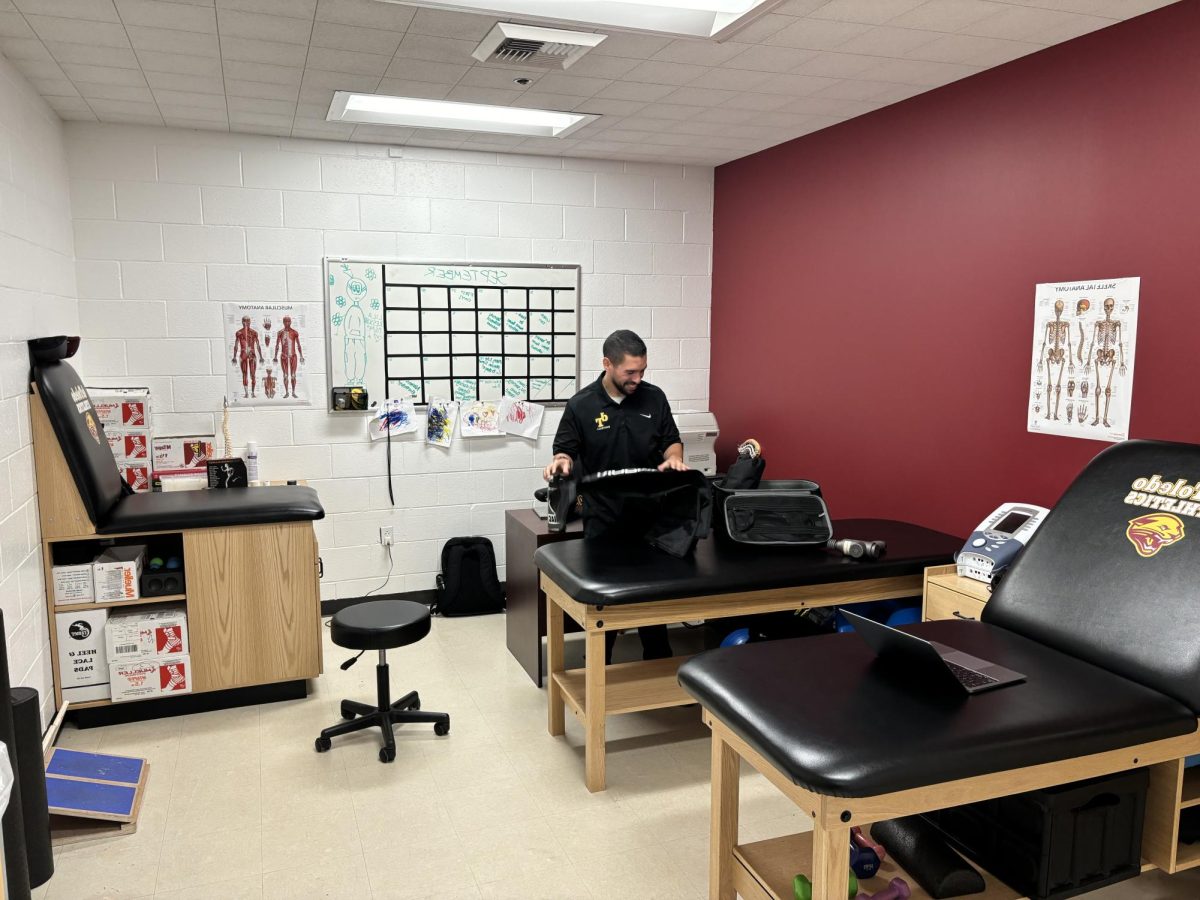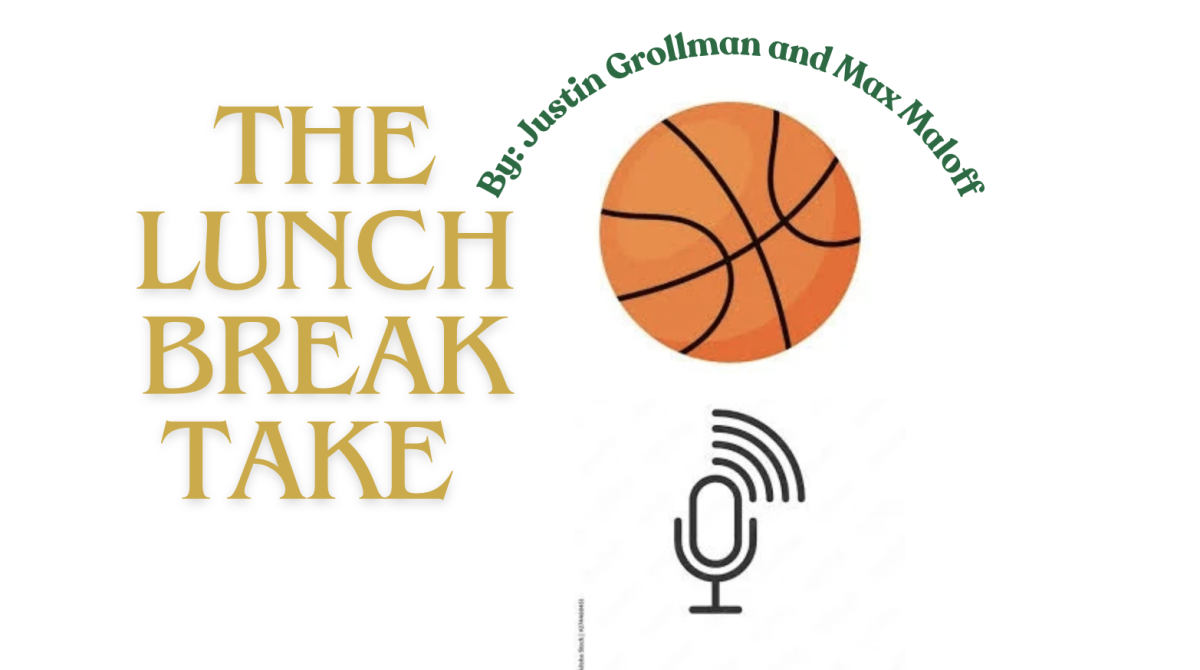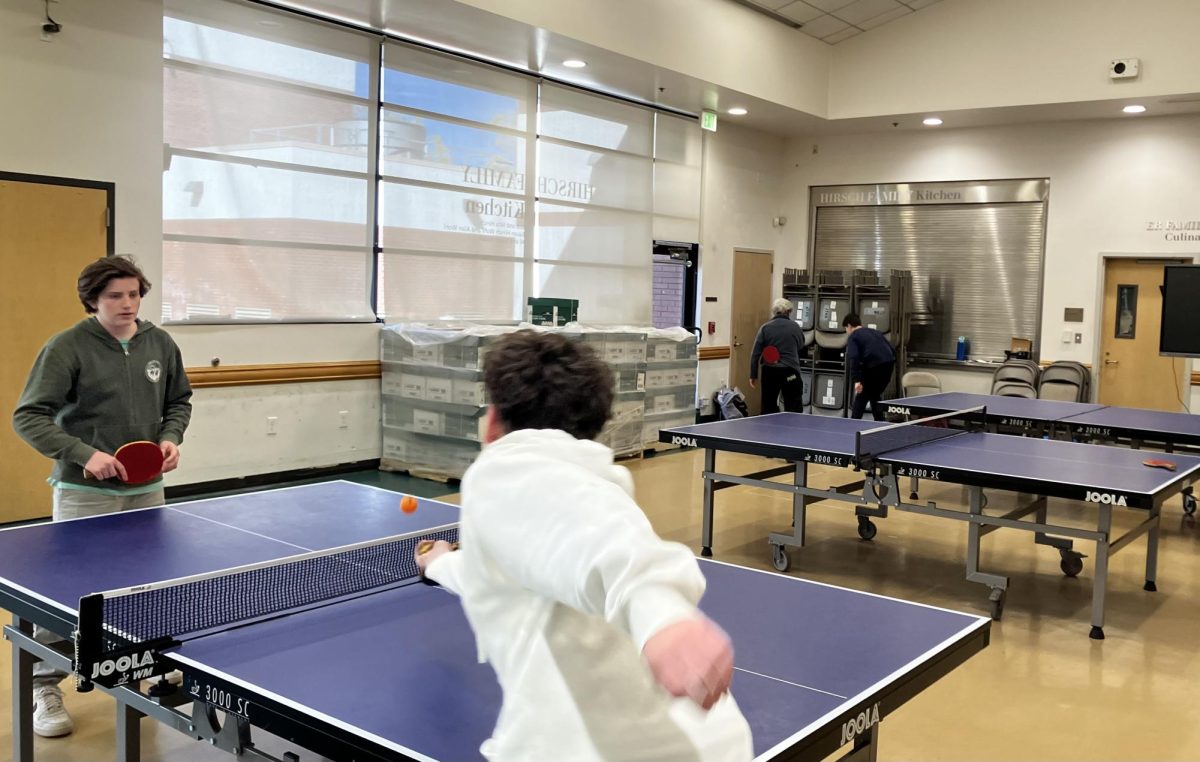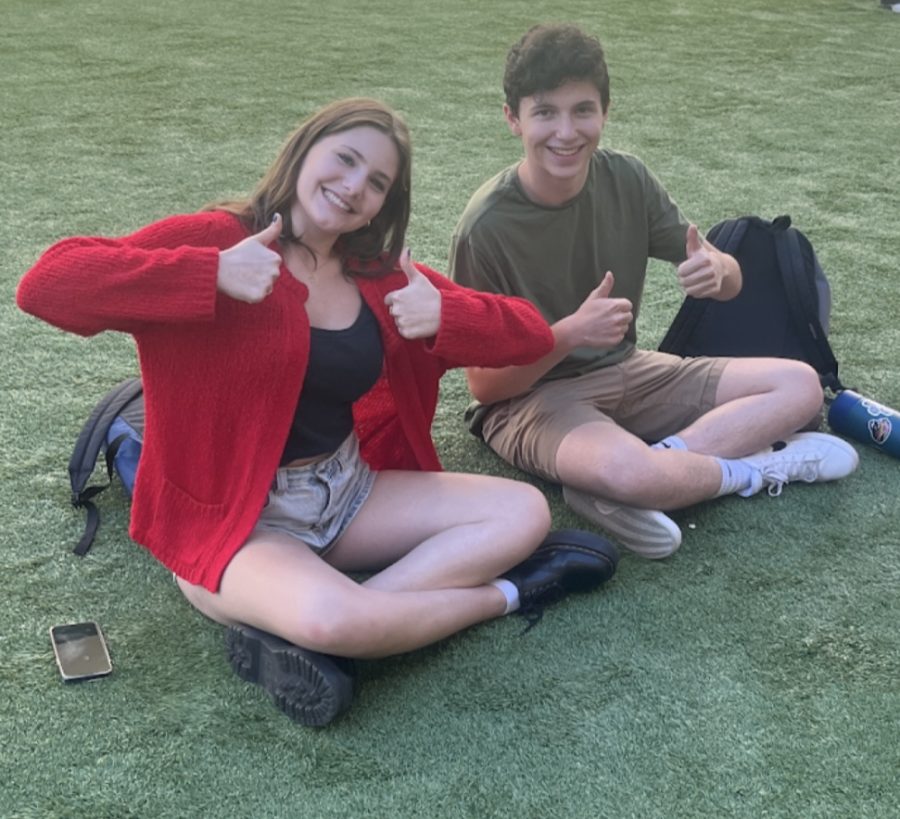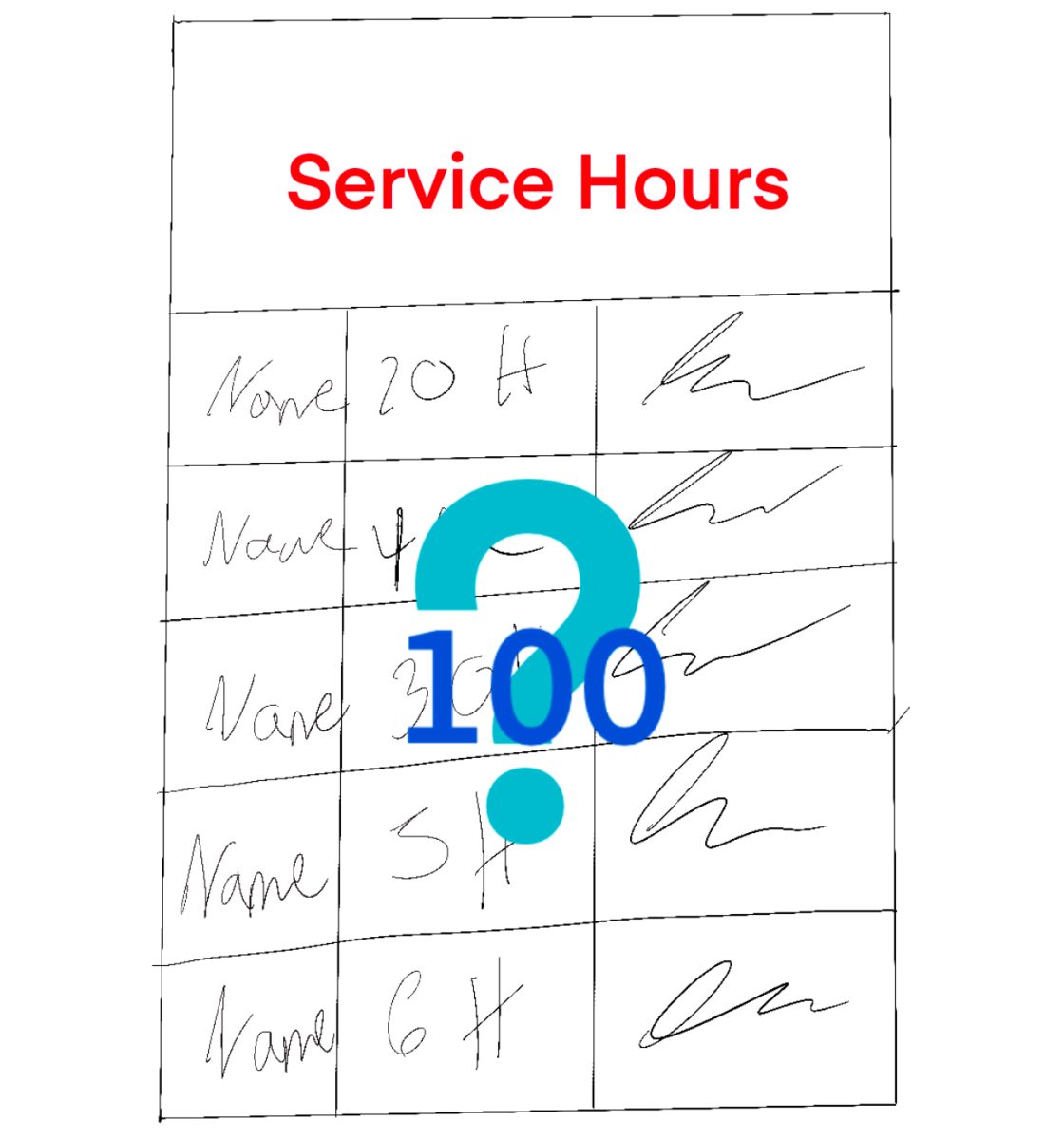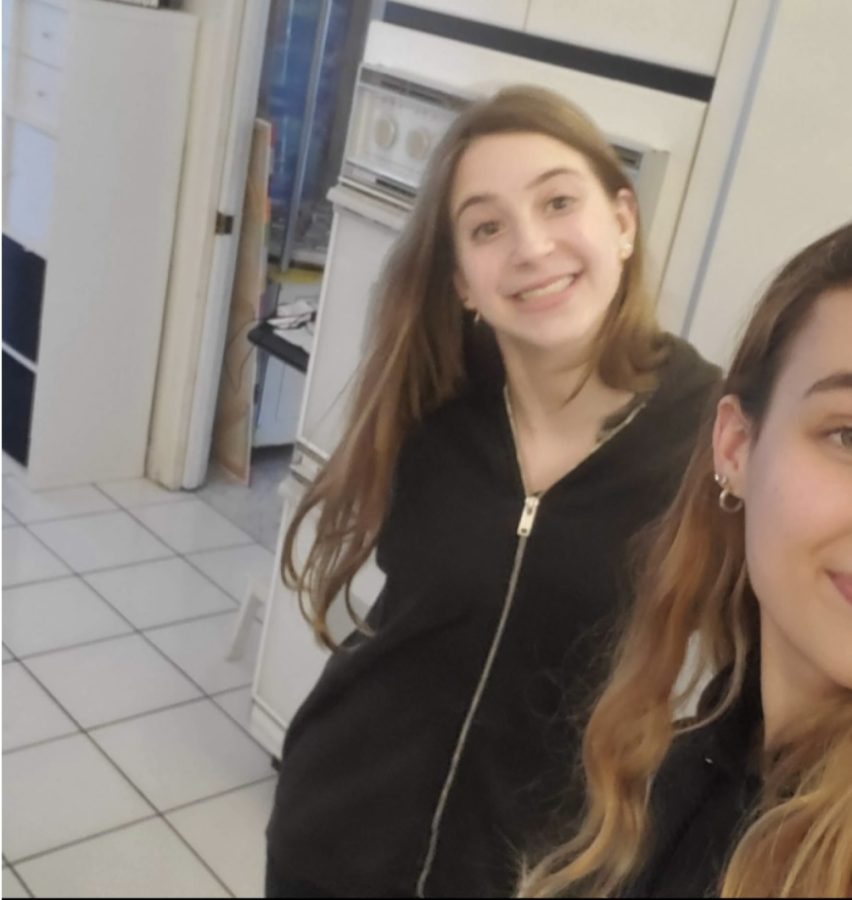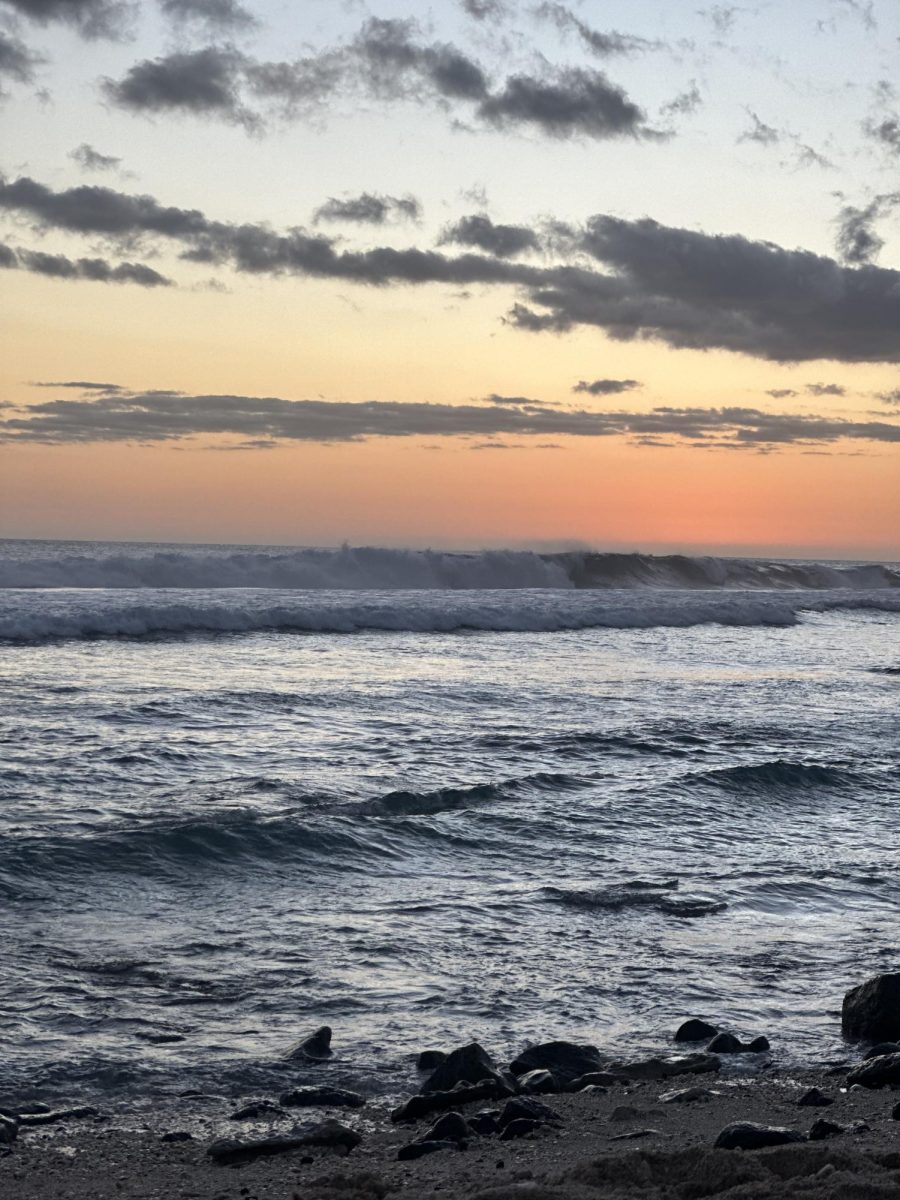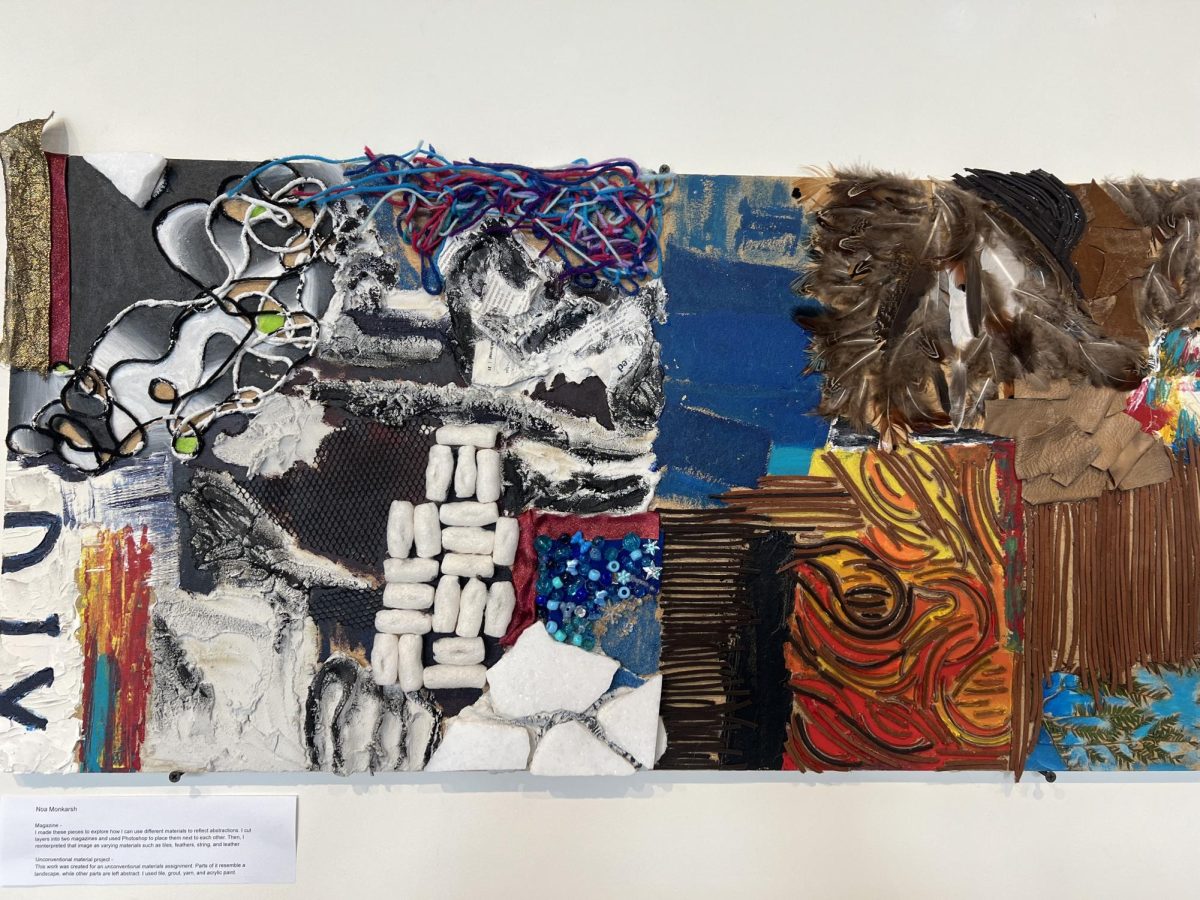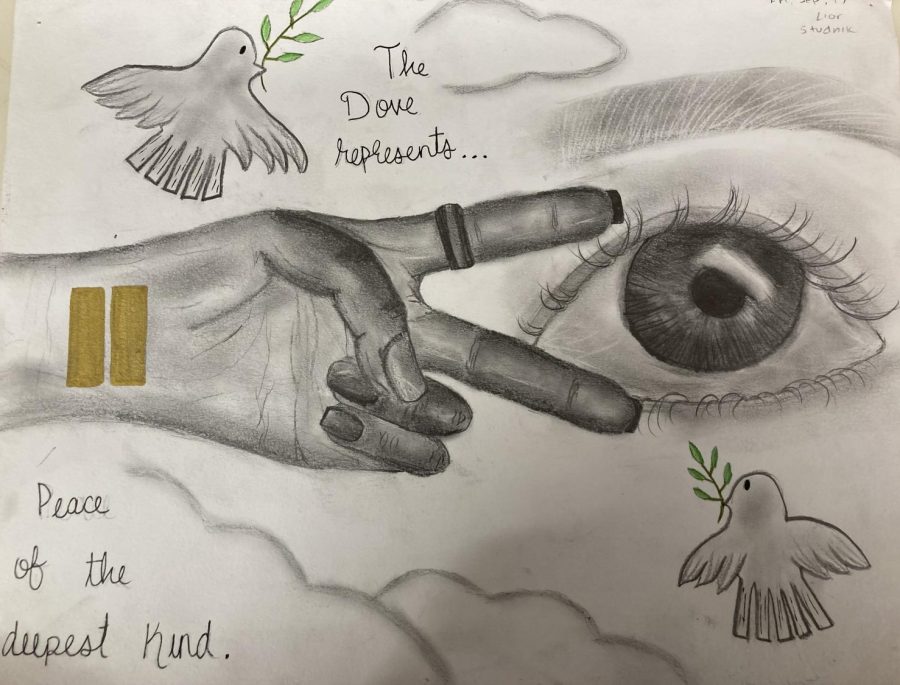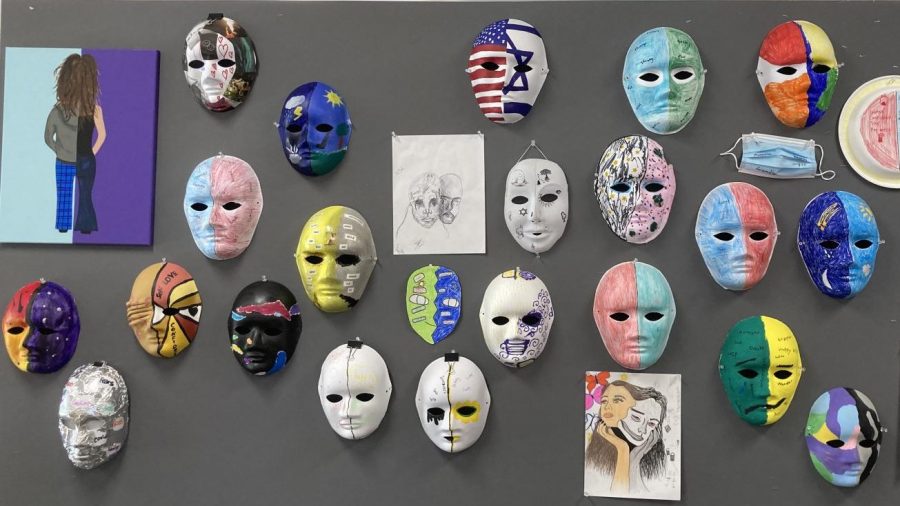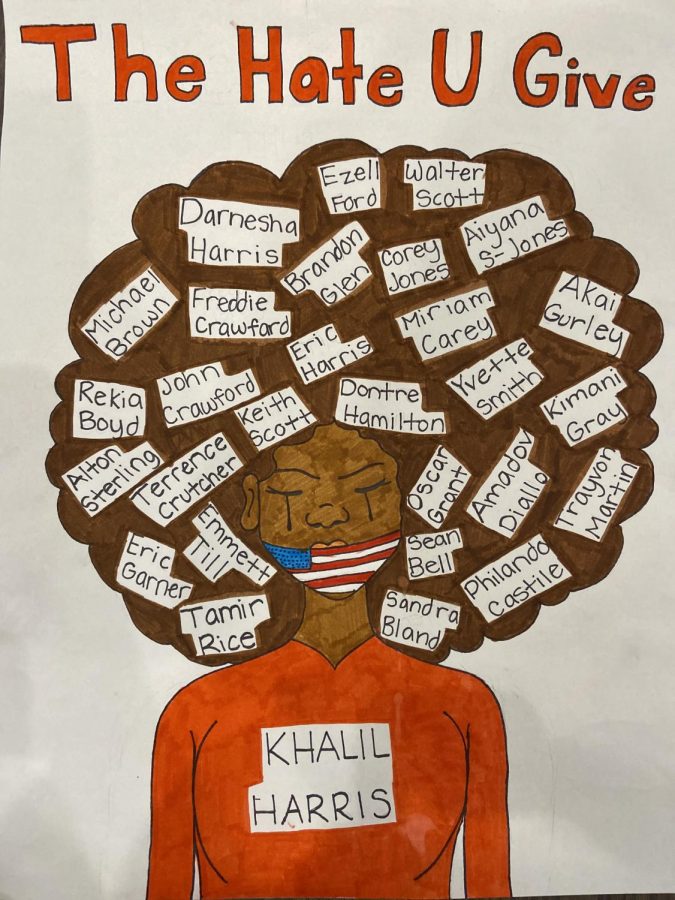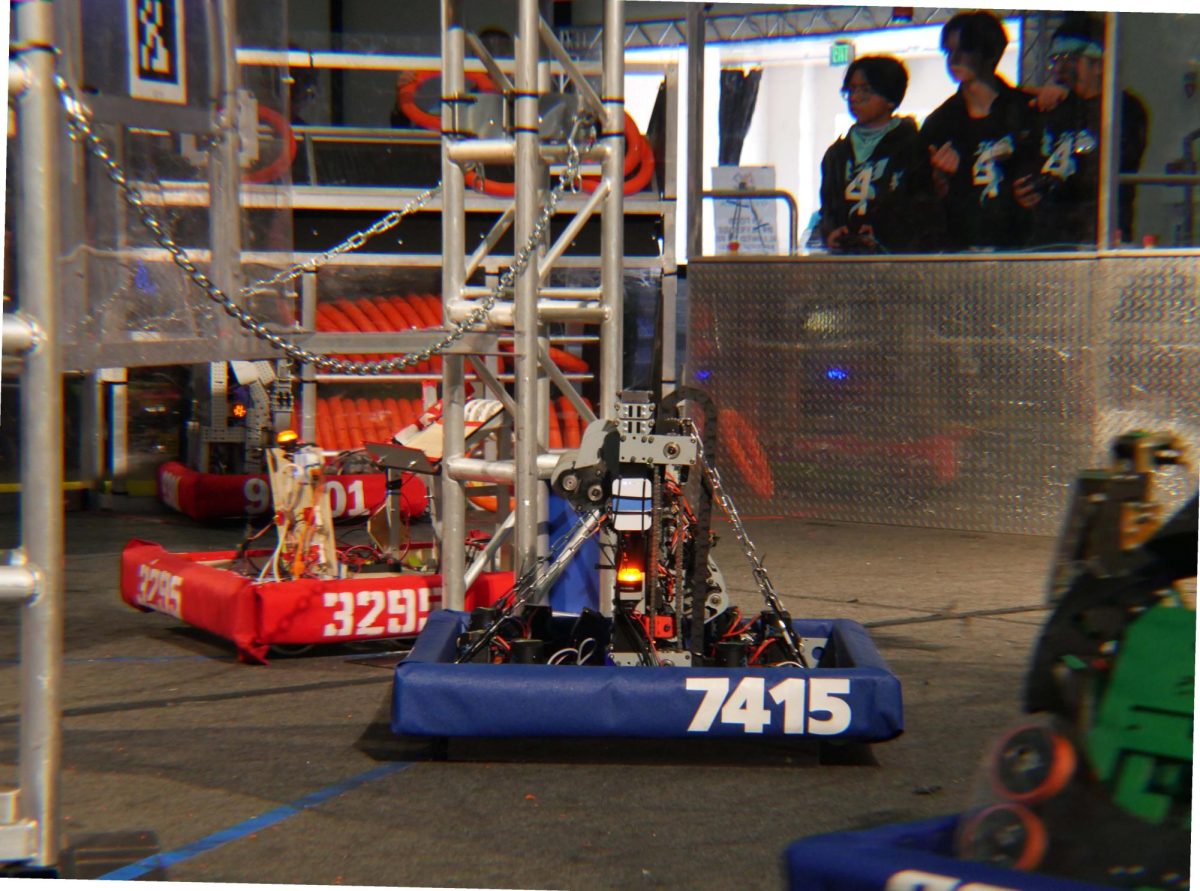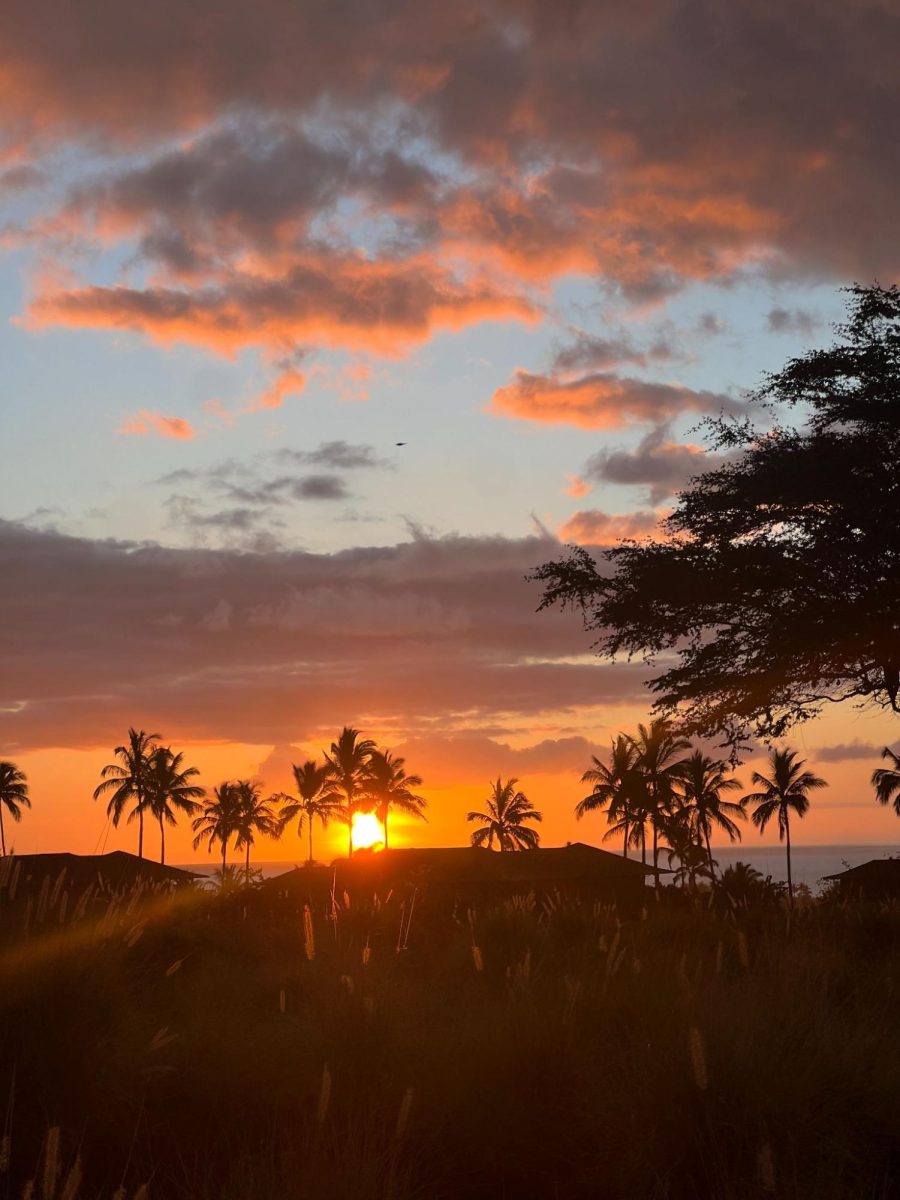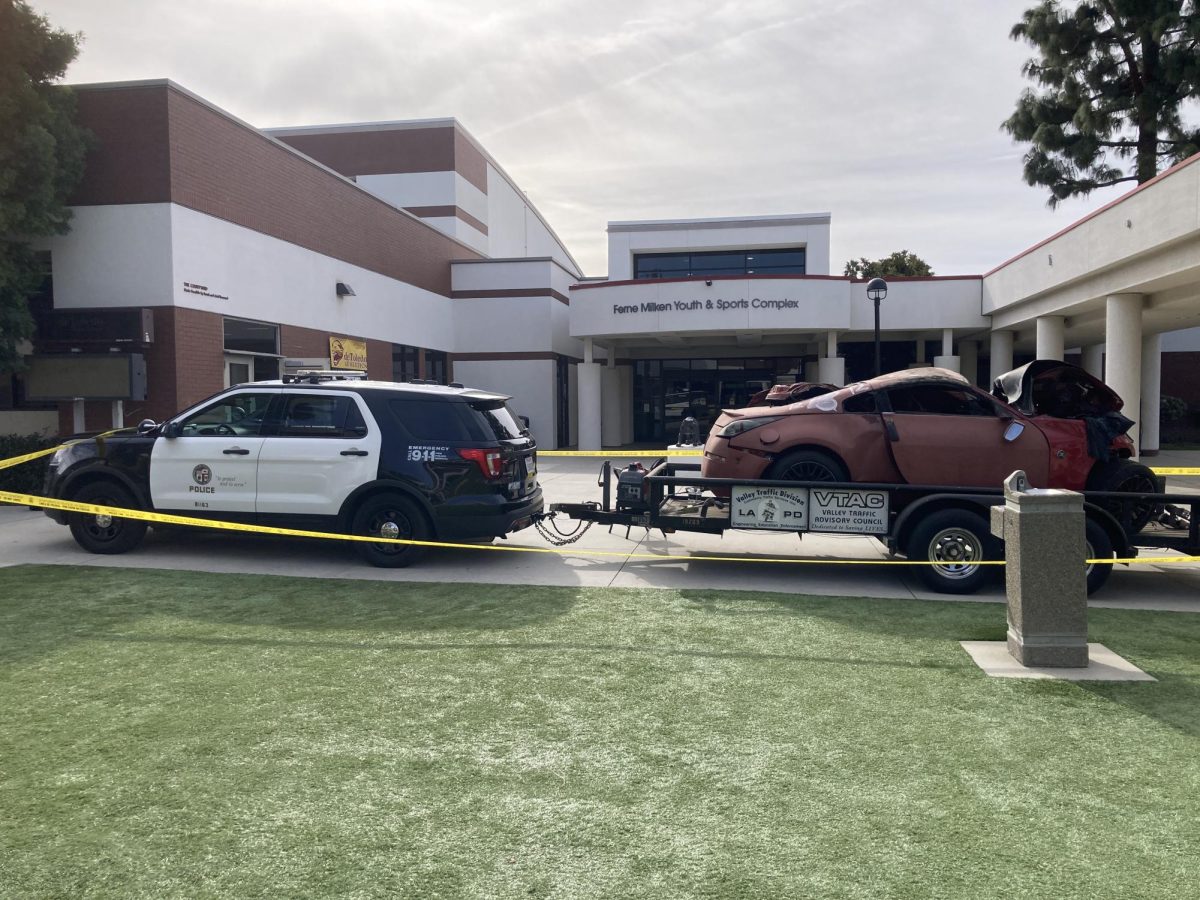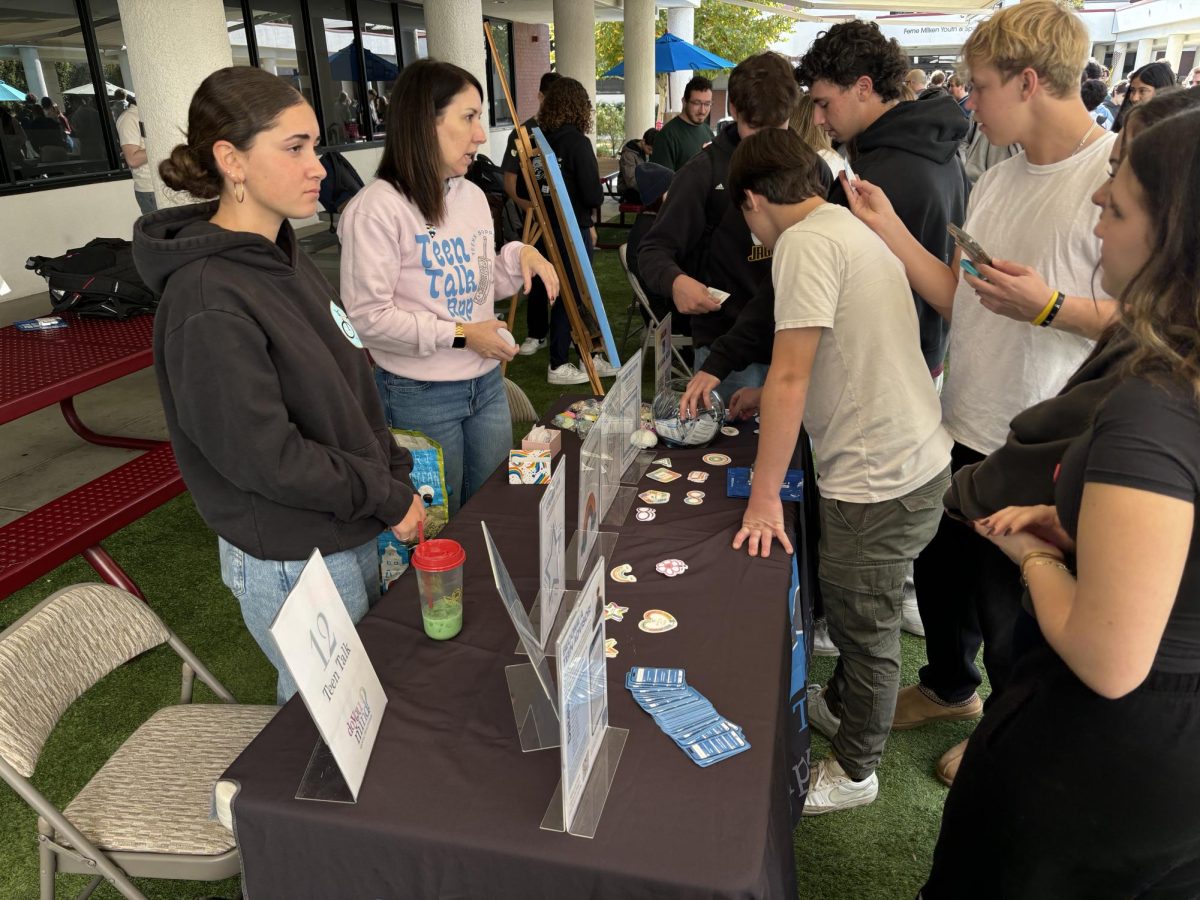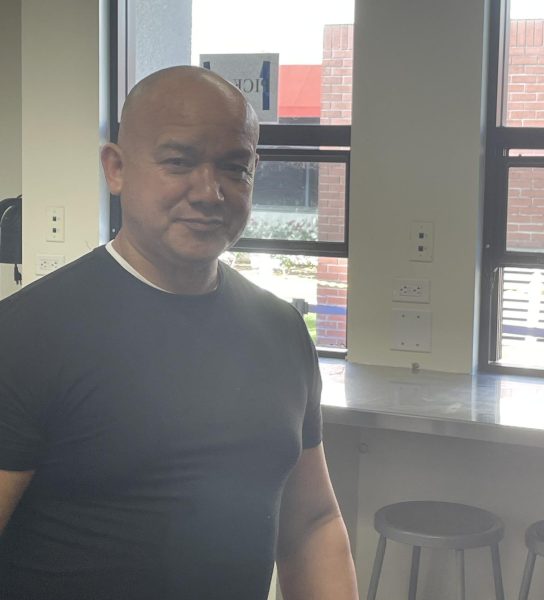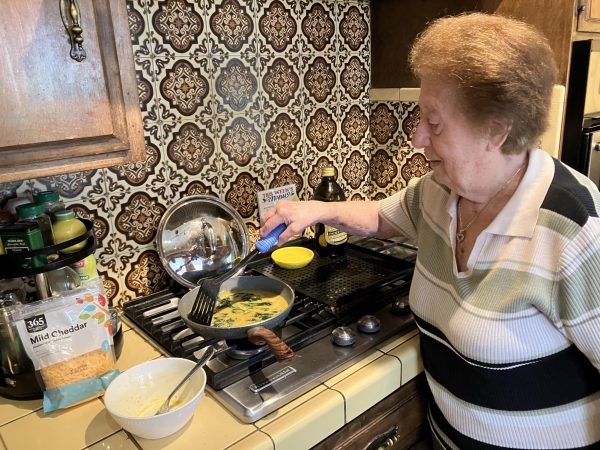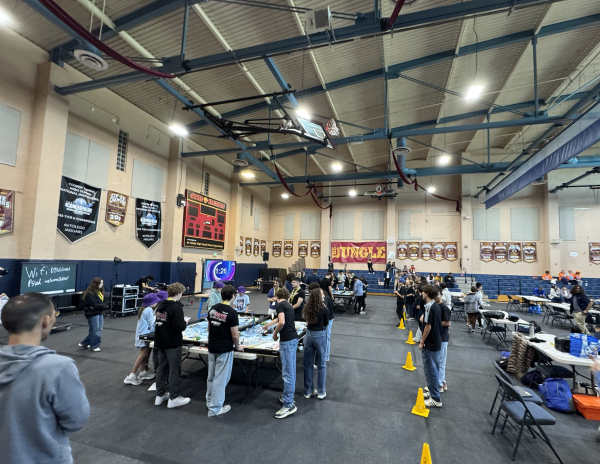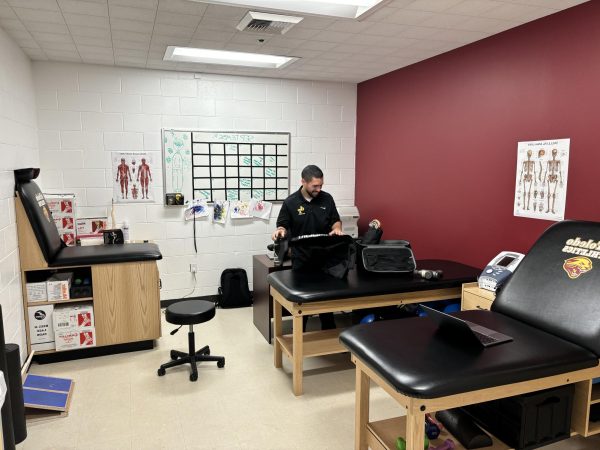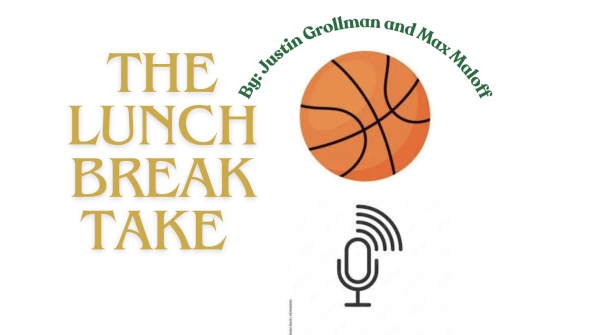de Toledo’s JOFFEE Fellow Inspires Forward Thinking
“Our individual actions can have devastating impacts, and, on the other side of that coin, they can also have a really positive influence… the intentions behind our small actions can cause really large-scale change.” – Stephanie Salem
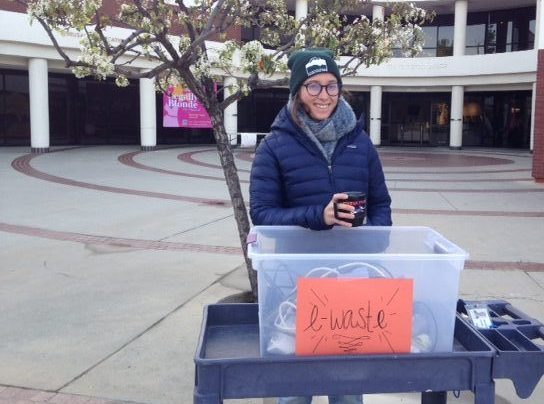
JOFFEE Fellow Stephanie Salem stands in the cold, collecting e-waste to be recycled.
“When one tugs at a single thing in nature, he finds it attached to the rest of the world.” -John Muir
It was this quote, spoken by early naturalist and author John Muir, that de Toledo’s Jewish Outdoor Food Farming and Environmental Education, or JOFFEE, fellow Stephanie Salem cited to support her claim that our individual actions, however miniscule, can have both devastating and reviving implications for the environment.
With a notion in mind of how our lifestyles and actions ultimately affect the environment, Stephanie raises consciousness on campus and in the greater community on behalf of one of the most important and least recognized underdogs in the world: the world.
We as a community may be aware of threats to our planet’s health, but what actions are we taking to address them? Stephanie is here to answer this, among other pressing questions.
While enthusiastic about seeing her plans for a greener campus through, Stephanie views education as a large part of her mission, preferring for students and teachers alike to understand the meaning and objectives of her various environmental projects rather than to simply notice them. As she frequently acknowledges, her work not only encourages mass education and involvement, it requires them. Because of this, Stephanie encourages the de Toledo community to find and approach her with environmental projects of their own, or to undertake such projects independently if they’ve kindled a passion for saving the earth.
Aside from educating others on the fundamental importance of caring for our environment, Stephanie has plenty of other ambitious goals for our school and community, one of which is the implementation of school-wide recycling, and shortly thereafter, composting programs. She notes that while these ideas may seem simple, they in fact encounter a hefty share of obstacles in order to be brought to our campus. Of course, one of the most significant steps we can take to diminish our overall impact on the environment is to eliminate our consumption of plastic–particularly single-use plastics–but until we’ve reached that benchmark, disposing of our waste properly via recycling is crucial.
At times, when faced with matters of our planet’s health, it can feel as though we are embarking upon an overwhelmingly daunting project, but it may just require a lot of people making some little changes. Cutting back on our waste production can mean purchasing products with very little packaging, using fewer plastic bags, plastic water bottles, and paper plates, and reducing the overall role of single-use materials (especially single-use plastics) in our lives.
However, Stephanie suggests other ways in which the average person can limit their carbon footprint, including driving less, which doesn’t necessarily confine us to walking everywhere, she clarifies, as this can be practiced through carpooling, using public transportation, riding a bike, etc. To a certain extent, we depend on our cars, and neither Stephanie nor any other advocate for the environment is suggesting that we rid ourselves of them, but she emphasizes that “driving and flying are the biggest ways that we as individuals contribute to the greenhouse gas emissions, so finding ways to to either cut back or offset that effect” is a tremendously effective way to reduce our total emissions and impact on the planet.
Finally, what Stephanie regards as the most important thing we can all do to help our environment is to stay educated, become active and aware members of the community, and vote accordingly. Of equal or perhaps greater importance to following basic principles of sustainability and reduced emissions/waste is becoming independently educated on our role in maintaining an eco-friendly lifestyle, doing our own research, and finding ways to use the knowledge we have productively and to the benefit of our planet.
When asked about our campus’s strengths in terms of environmental sustainability, Stephanie cited water conservation as a primary area in which de Toledo excels. She further lists the garden as well as teacher and student-led activism, evidenced in part by the formation of advocacy groups such as club HOPE (Helping Our Planet Earth), as worthy of recognition for their own key roles in creating a more sustainable campus.
At the same time, while the good on our campus should be acknowledged and praised, there are coinciding areas that could use improvement. For instance, “one of the first things [she] noticed when [she] started working here” was our school’s litter problem. Following lunches and bonuses is often a crime scene of waste obstructing the appearance of an otherwise well-maintained, clean campus. Discarded containers, plastic baggies and water bottles, empty or half-consumed cans of iced tea, wrappers, napkins, plastic utensils, and other abandoned garbage rest on the ground and on furniture, both inside and outside, surrounded by trash bins. In addition to being a sign of blatant disrespect to our campus’s maintenance team and other staff left to clean up the messes, this chronic littering enforces a destructive habit of disassociation from responsibility.
If we continually rely on others to clean up our own messes, we not only devalue the impact of the messes we’ve made, but we also fail to assume responsibility for ourselves, our actions, and in this case, our environment. For this reason, Stephanie encourages everyone to clean up after themselves–both because it’s the decent thing to do, and because it can help to build a sense of individual responsibility, causing more conscious behavior, ideally creating a cycle.
How, though, can environmentalism be made relevant enough to appeal to the average student? Stephanie suggests the answer depends on the person. To someone who loves surfing, the preservation of our oceans might be the perfect inspiration, whereas someone with a passion for hiking in nature might find inspiration in planting and protecting trees. A person who loves animals might find themselves drawn to saving endangered species, while an avid snowboarder may be passionate about maintaining the polar ice caps and glaciers.
Whatever connection a person has to the environment can become a doorway to a passion for advocacy. Having a connection to the environment can mean simply having an appreciation for the beauty of the natural world, drinking water, or breathing air; there need not be a deep and intricate motivation behind wanting to participate in helping the earth. It is up to the individual then to bridge the gap and make environmentalism relevant to themselves by finding the part of its mission they identify with most.
Of course, any drastic change would require the participation of governments and world leaders in ensuring we don’t reach the point at which our own damage to the earth cannot be undone. However, this is not to lift responsibility from the shoulders of every other citizen of the world, as we shouldn’t allow ourselves to underestimate the impact of our own actions.
Much like John Muir eloquently stated, Stephanie reiterated in her own words: “Our individual actions can have devastating impacts, and, on the other side of that coin, they can also have a really positive influence… the intentions behind our small actions can cause really large-scale change.”
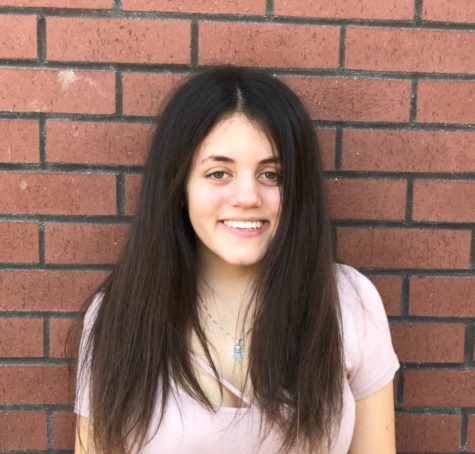
Hi! My name is Sarah. I’m a senior and am excited for my third year on The Prowler team. I’m interested in writing articles with focuses varying from...

